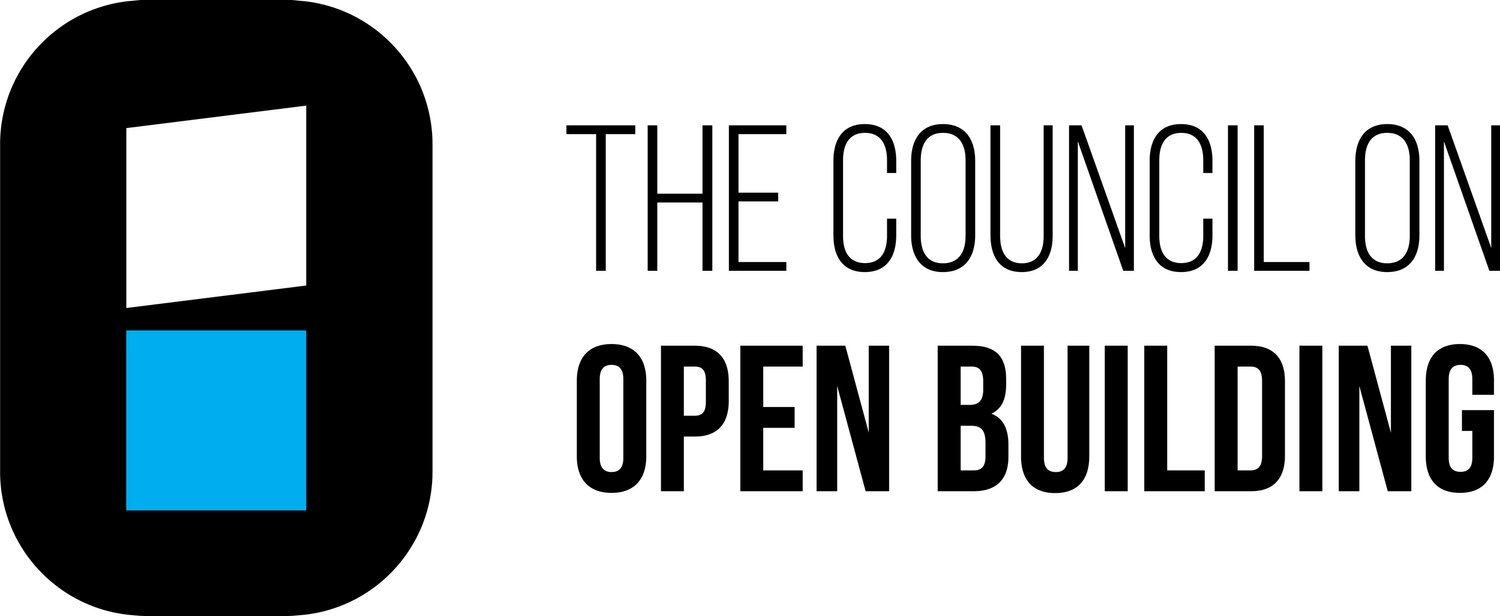THE HEALTHCARE STRAND
The only thing that lasts is change. Every day we are required to rethink our habits and change our minds. All built environment is subject to the question of “what must have priority” - performance or permanence, readiness or steadiness, change or stability, function or form, present or future. Nevertheless, planning should avoid that limiting “either/or” trap; it should support an “as-well-as” openness. Health care buildings are especially affected by this dilemma. In this expensive and dynamic project type, change and factual developments have led to environments that can hardly be perceived as pleasant. Nobody would disagree that a therapeutic environment is a key factor that any health care environment must offer to patients, staff, and the urban context. Nevertheless, hospitals have become “architectonic black holes.” Instead of being refined over time, what was built at a specific time, to a large extend, conflicts more and more with what ought to be. Dealing with change should become a fundamental aspect of how we perceive architecture, and consequently also how we conceive it. As long as time is not a guiding factor, the planning processes will be dominated by stress.

